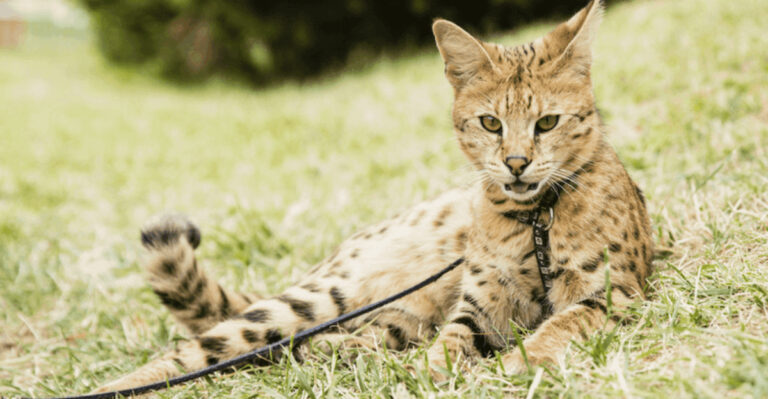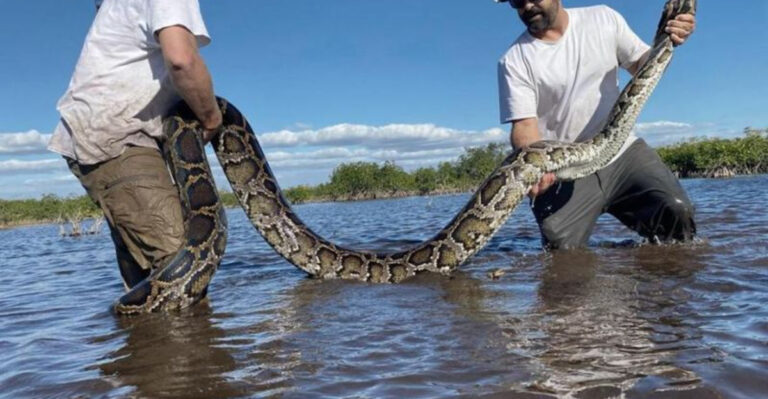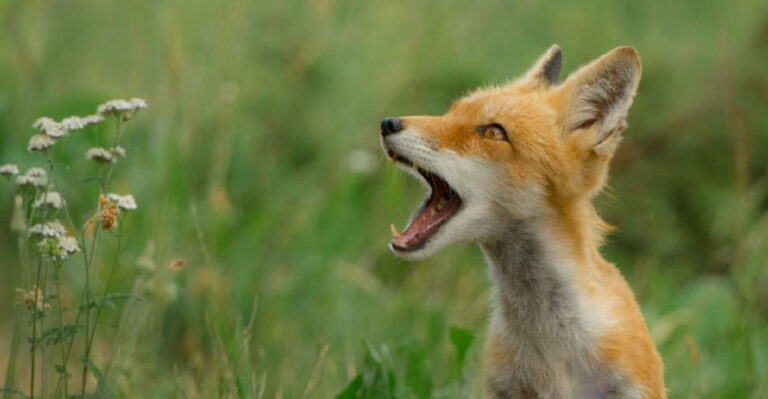13 Dog Breeds That Most Insurance Companies In The U.S. Often Refuse To Cover
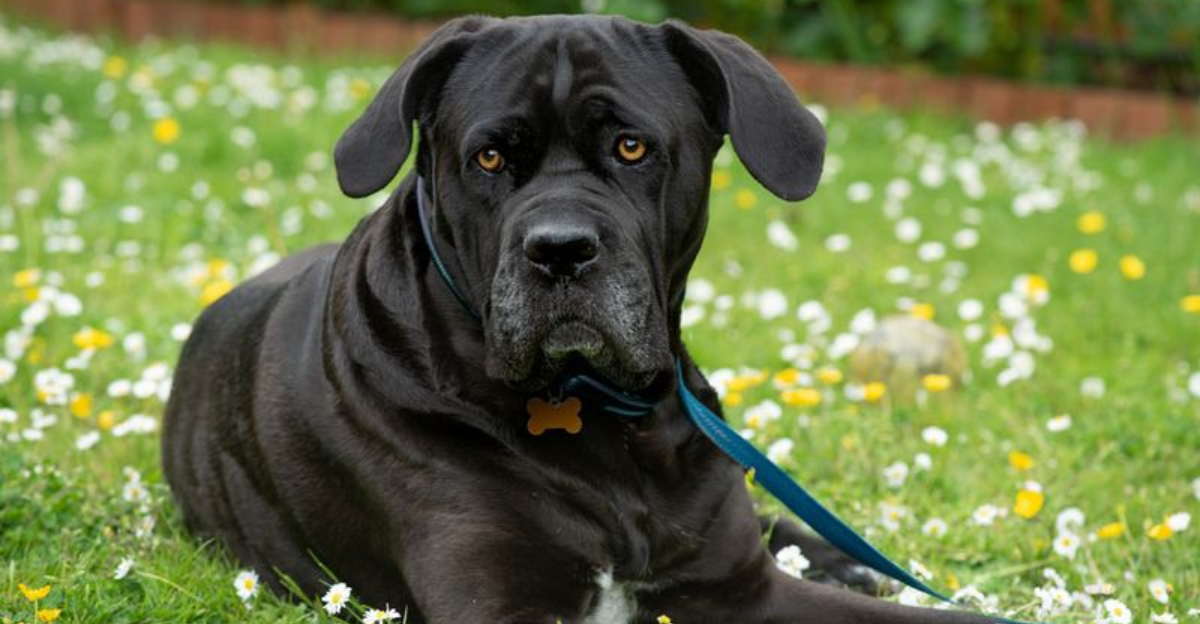
Getting home insurance is already complicated, but owning certain dog breeds can make it even harder. Insurance companies look at bite statistics and potential injury costs when deciding which dogs to exclude from coverage.
Many homeowners are shocked to discover their furry family member might be on an insurance blacklist, forcing them to choose between their pet and their policy.
1. Pit Bulls
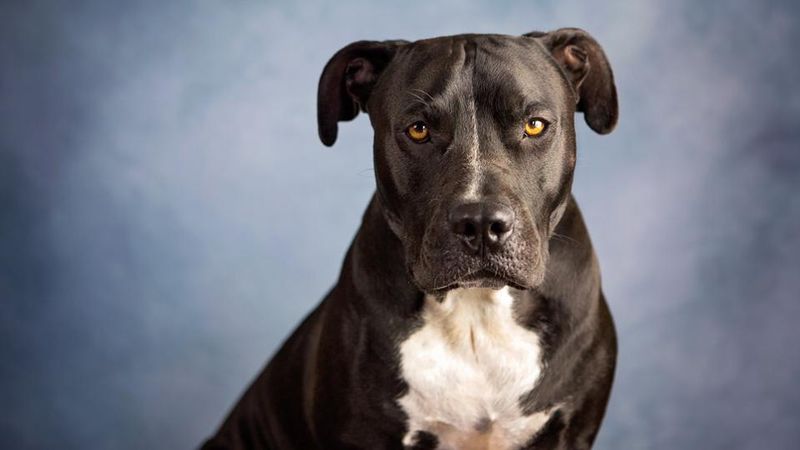
No breed faces more insurance discrimination than pit bulls. Despite loyal owners defending their sweet nature, insurance companies see only the alarming bite statistics and powerful jaws.
Most mainstream insurers automatically reject coverage for homes with pit bulls, regardless of individual temperament or training. Some homeowners resort to specialty insurance at premium rates just to keep both their home and their pit bull companion.
2. Rottweilers

Muscular and protective, Rottweilers trigger automatic denials from many insurance providers. Their intimidating appearance and history as guard dogs work against them in risk assessments.
Insurance actuaries point to their powerful bite force of 328 pounds of pressure – enough to cause serious injury. Rottie owners often find themselves shopping multiple insurance companies or paying significantly higher premiums to maintain coverage.
3. German Shepherds
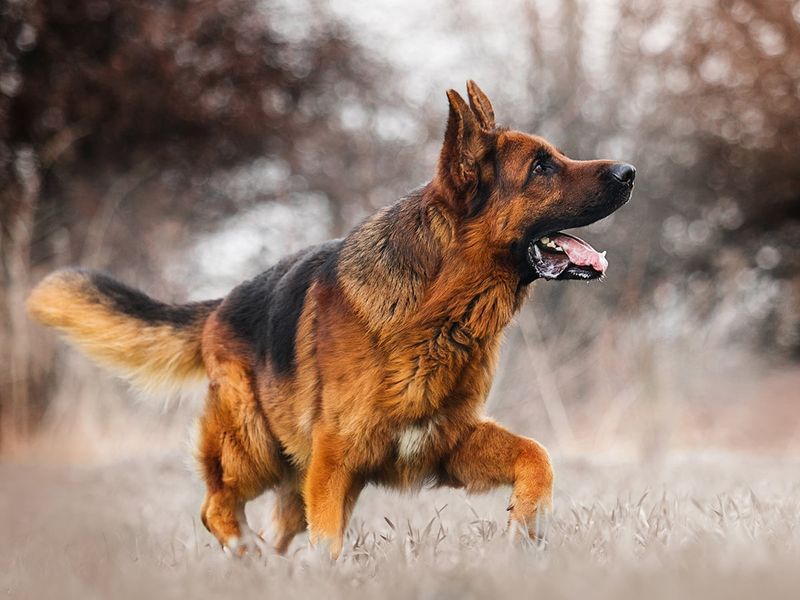
Ironically, the same traits that make German Shepherds excellent police dogs – intelligence, strength, and protective instincts – cause insurance companies to view them as liability risks.
Their bite history and size land them on most insurance blacklists. Devoted owners frequently report being blindsided by coverage denials or sudden policy cancellations after adopting these loyal companions, despite their trainability and widespread popularity as family pets.
4. Doberman Pinschers
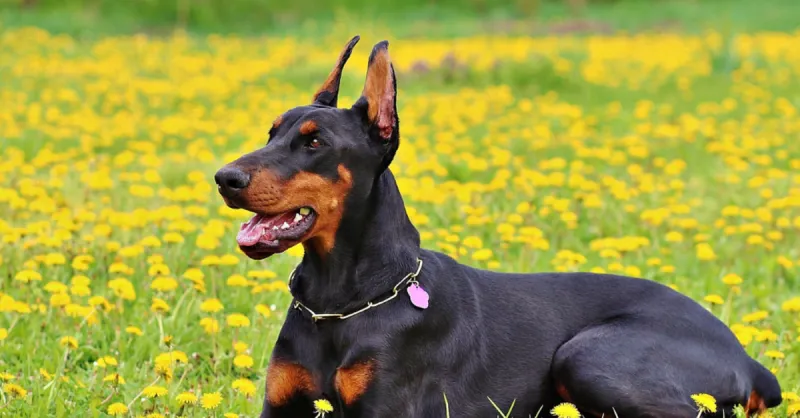
Sleek and athletic, Dobermans carry a reputation that makes insurance companies nervous. Their history as protection dogs combined with their imposing appearance puts them squarely on most exclusion lists.
Many insurance providers automatically reject applications from Doberman owners without considering individual dog temperament. Families with these intelligent, loyal companions often find themselves paying higher premiums or seeking coverage through specialty insurers who don’t discriminate by breed.
5. Akitas
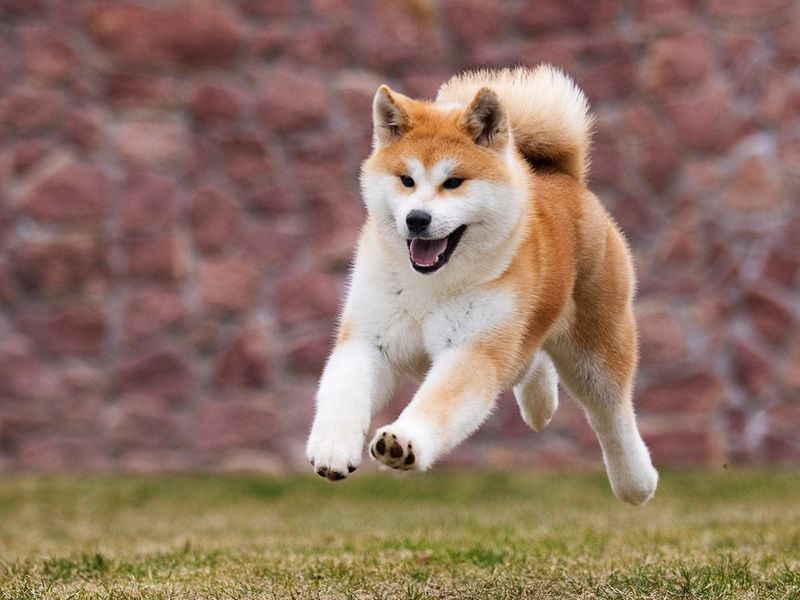
Originally bred as hunting dogs in Japan, Akitas possess powerful builds and strong protective instincts that raise concerns for insurance companies. Their natural reserve with strangers is often misinterpreted as aggression.
Many insurers place these dignified dogs on their exclusion lists due to bite statistics and their formidable size. Akita owners frequently report struggling to find affordable coverage, with some companies demanding separate liability policies just for having this breed on the property.
6. Chow Chows

Behind that adorable fluffy exterior lies a breed that makes insurance companies extremely wary. Chow Chows’ territorial nature and independent personality contribute to their place on most blacklists.
Their strong protective instincts and powerful bite force concern underwriters. Chow owners often express surprise when discovering their teddy bear-like companion is considered a high-risk breed, forcing them to choose between higher premiums or finding a more accommodating insurance provider.
7. Siberian Huskies
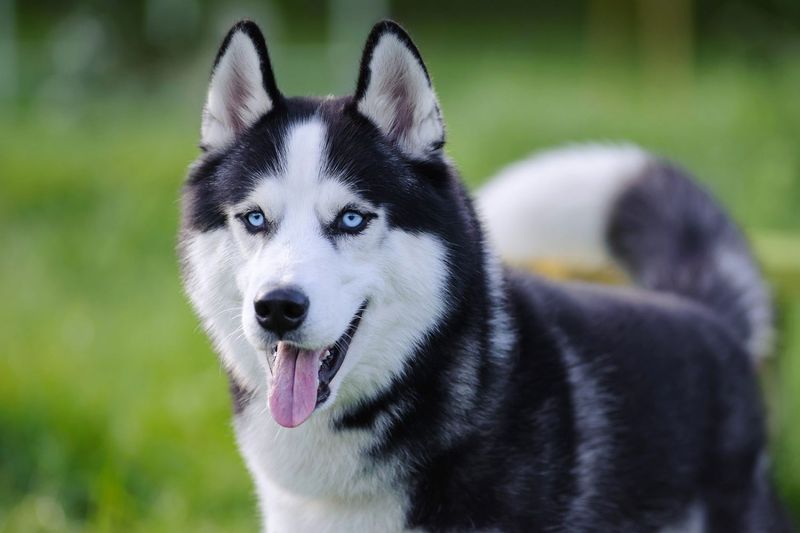
Those striking blue eyes and wolf-like appearance charm owners but set off alarm bells for insurance companies. Huskies’ high energy, escape-artist tendencies, and prey drive make them insurance liabilities.
Many providers lump these popular family pets into their restricted breed lists. Husky parents are often shocked to discover their beautiful, friendly companion could cost them their homeowners policy or require special riders that significantly increase their insurance costs.
8. Wolf Hybrids
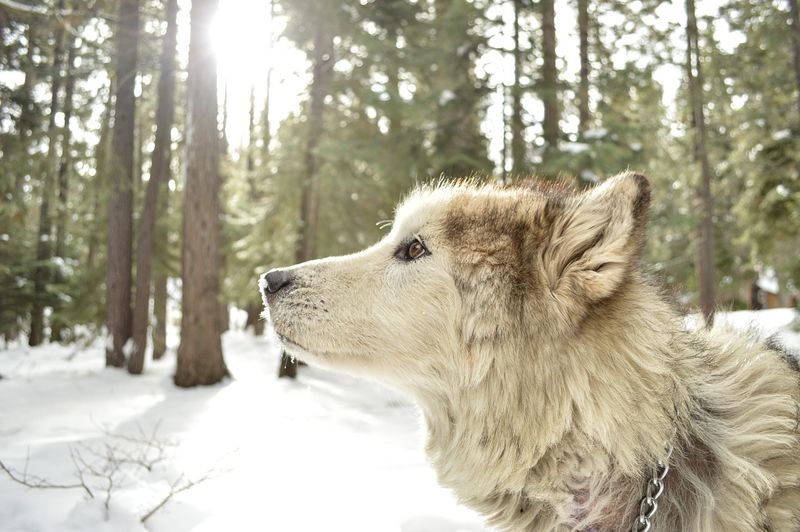
Part wild animal, part domestic dog, wolf hybrids represent the ultimate insurance nightmare. Their unpredictable nature and powerful instincts make them virtually uninsurable under standard policies.
Even low-content wolf dogs face severe restrictions. Owners of these exotic companions often find themselves completely denied coverage by mainstream insurers, forcing them to seek specialized exotic animal insurance at extremely high rates or risk having no liability protection whatsoever.
9. Great Danes

Gentle giants they may be, but Great Danes’ massive size alone puts them on many insurance blacklists. Standing up to 32 inches tall and weighing 175 pounds, their sheer mass represents potential liability.
Despite their reputation as “gentle giants,” many insurers automatically exclude them based solely on size. Great Dane families often express frustration that their docile, friendly companions face discrimination simply because of their impressive stature rather than any aggressive tendencies.
10. Presa Canarios
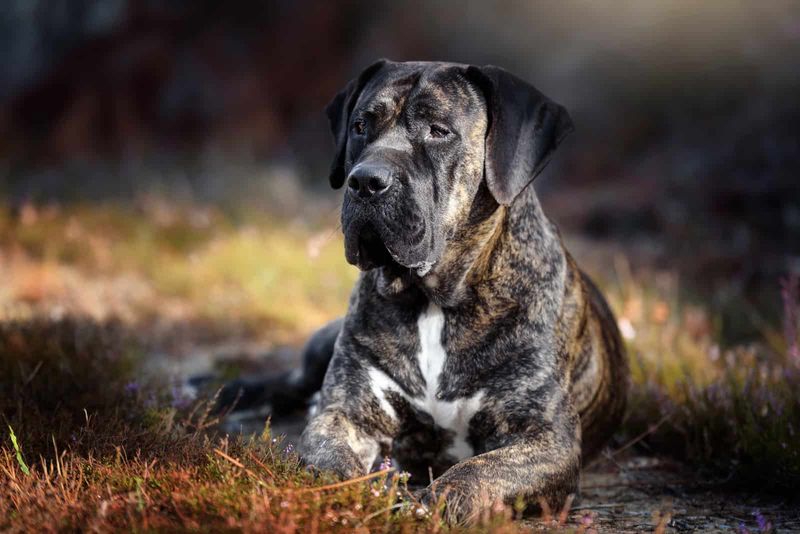
Massive and muscular, these Spanish guardian dogs send immediate red flags to insurance underwriters. Their history as fighting and guard dogs, combined with several high-profile attacks, has cemented their place on blacklists.
Few mainstream insurance companies will cover homes with Presa Canarios present. Owners typically must seek coverage through specialty insurers or pay substantially higher premiums, with some companies requiring separate liability policies specifically for this powerful breed.
11. Cane Corsos

Ancient Roman war dogs reborn as modern family guardians, Cane Corsos combine intelligence with formidable strength. Their imposing appearance and protective nature trigger automatic rejections from many insurers.
These Italian mastiffs can weigh up to 120 pounds of solid muscle. Responsible Corso owners often report being blindsided by insurance problems, discovering their well-trained companion is considered too high-risk regardless of temperament or training certifications.
12. Staffordshire Terriers
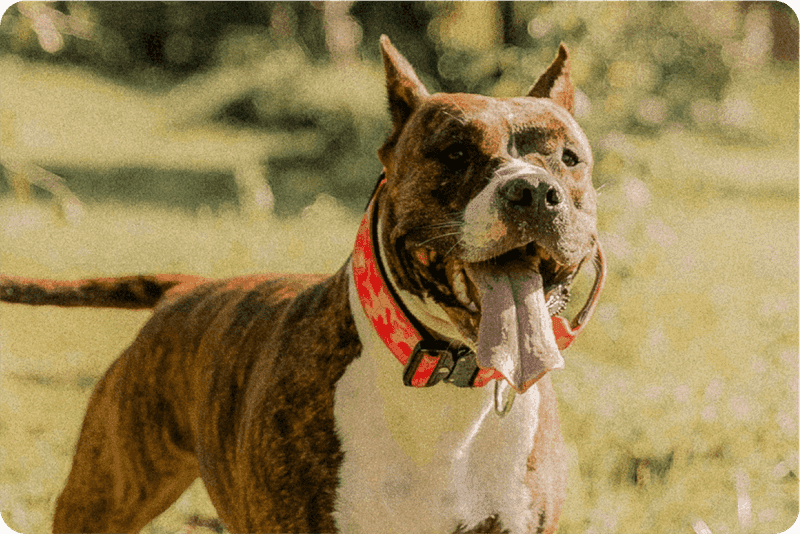
Often confused with pit bulls, American Staffordshire Terriers face similar insurance discrimination despite their distinct breed status. Their stocky build and powerful jaws trigger automatic rejections.
Insurance companies rarely distinguish between different bully breeds. Staffie owners frequently discover their family-friendly companion falls under broad “pit bull type” exclusions, forcing difficult choices between keeping their beloved pet or maintaining affordable homeowners coverage.
13. Bullmastiffs
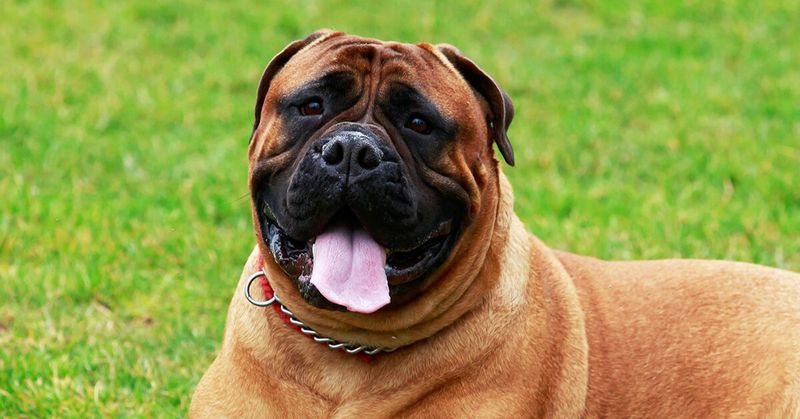
Historically bred to guard English estates, Bullmastiffs combine size with protective instincts that make insurance companies hesitate. Weighing up to 130 pounds, their imposing presence alone triggers coverage concerns.
Despite their typically calm demeanor with family, many insurers automatically blacklist these gentle giants. Bullmastiff owners often express frustration that their quiet, loyal companions face discrimination based on appearance rather than actual behavior or bite statistics.

